DIFFERENT WAYS OF GROWING AT HOME
As mentioned, successful cannabis cultivation can mean growing the plants outdoors, but that is by no means an essential, and indoor cultivation is equally successful. Each has its own advantages and disadvantages. And, even if the experts won’t share all of their tried-and-true secrets, there are some basic techniques and general information that one needs to know to facilitate the successful production of own-grown cannabis.
ADVANTAGES AND DISADVANTAGES OF HOME CULTIVATION
In preparing to grow one’s own cannabis indoors, one of the many advantages is how easily controllable many of the conditions - such as the lighting, temperature, humidity and even CO2 levels - are. This gives the grower the added opportunity to be very specific, and therefore be more easily able to cater to the precise requirements of different strains of cannabis. Additionally, that precision will also make it that bit easier to be able to grow more premium types of cannabis.
Understand, however, that these huge returns will come at a financial cost. The money spent on setting up indoor cultivation can become very high, especially if growing more premium or harder-to-cultivate strains. Equipment, such as lights, tents, fans, humidity controllers and odour control etc. can all add up. In addition, one must be very careful - after setting it all up - that regular monitoring of the settings is undertaken, to make sure that these factors remain within the optimal range at all times.
The aforementioned advantages of indoor cultivation, such as highly regulated and consistent warmth and optimal humidity etc. are also a bane of the process, as that same atmosphere is also highly desirable to unwanted elements such as mould, mites and pests. And, if mould or mites are allowed to propagate, then they can quickly lead to the loss of an entire crop. Thus, it is essential to be diligent in looking out for signs of those elements, and nipping such problems in the bud, both literally and figuratively. There are infinite safe anti-mould treatments for indoor home use, as well as many excellent pest and mite treatments (safe for use on the plants of vegetables/fruit/edibles, which includes cannabis) available for home usage found either online or in most home and garden stores. From all-natural to organic, to safe chemical pesticide options, there is something for everyone.
CONCEALING THE DISTINCTIVE SMELL OF CANNABIS
Unless one resides in an especially tolerant or relaxed environment, the smell of the cannabis plant can be a cause for concern. This is because its odour can be very intrusive, owing to its distinctiveness and strength, and thus is often unpleasant for those in the surrounding area. It is absolutely essential to be prepared for this situation, and one must be able to effectively mask the smell from the plants, to minimise discomfort to those living in the vicinity, such as in an apartment block, etc.
In order to achieve this, an exhaust duct with an activated carbon filter will be required. The exhaust fan draws the odour-saturated air through the duct and filter, which consequently eliminates the smell.
GOOD VENTILATION
Plants, like humans and animals, need to breathe. Ventilation not only ensures good air quality but also prevents overheating, which can be a significant but easily avoidable problem. If the plants’ growing box gets too hot, the plants may stop growing altogether. A constant flow of air helps the health of the plant, as well keeping the temperature at an optimal one.
Humidity control is also key. Too much humidity can lead to mould, so destroying cannabis. A dehumidifier or humidifier in the growing area will help maintain the balance for this. For vegetative growth, humidity should be somewhere between 50% and 70% and for flowering, around 50% to 60%.
LED LIGHTING AS THE BEST COMPROMISE FOR SELF-CULTIVATION
LED lights are ideal for growing in the home. This is because LEDs do not produce nearly as much heat as traditional high-intensity lighting. Additionally, LEDs also consume much less energy than MH and HPS lamps; this will help offset the slightly higher initial acquisition costs. The fact that LEDs operate more quietly is also an added advantage in keeping things as unobtrusive as possible.
Another reason LEDs are ideal for indoor cultivation is the lack of risk to the plants, even those in the immediate vicinity of LEDs. When placing cannabis in a box, space is limited, and so this can be important. Excessively cramped conditions can lead to accidental burning of one or more of the plants, if the lamp within the growing box becomes too hot.
THE CUPBOARD, THE GROWING TENT OR THE CULTIVATING BOX
These are the three main options for indoor cultivation.
Cupboards and cabinets are usually one of the first places potential home growers think to use. However, they are actually less than ideal because they can present challenges in terms of airflow, temperature and humidity. As a result, additional investment in air extraction systems would be required for such tightly enclosed spaces.
Growing tents are a second option, and can be utilised really quite well. They are reasonably priced and easy to install. The downside, however, is that although they can help prevent moisture damage, maintaining exact temperature control is often much more complicated and cumbersome.
This leaves growing boxes, which are far and away still the best options for home cultivation. These stand-alone boxes can even be purchased pre-equipped with all the necessary accoutrements required to grow cannabis. This means that if one invests in an all-in-one box with lighting and ventilation included, there is no additional worry about exactly which lights and ventilation systems etc. to purchase separately. This is especially ideal for beginners (but even those more experienced growers will use them, too).
THE OPTIMAL STRAINS FOR SELF-CULTIVATION IN AN APARTMENT SETTING
For growth in a confined space, the selection of strain must be considered carefully. Ideally, the best choices are the more compact varieties that grow well in a tighter space. Indica plants are often best suited for home production because they are shorter. Another aspect to consider is how easily the strain grows. Thus, it is recommended for the newbie to start out with a strain that is not too difficult to grow, and one that survives well even when the surroundings are not absolutely optimal.
Sativas, on the other hand, can be quite large, even up to and exceeding a meter. So, whilst they absolutely can still be grown in smaller places, they will subsequently require much more attention and experience in pruning.
Auto flowering varieties are a good option. These strains begin to flourish without requiring specific changes in the lighting cycle. Usually beginning to bloom around the five-week mark, they remain relatively compact and are generally ready to harvest within about seven weeks of growth.
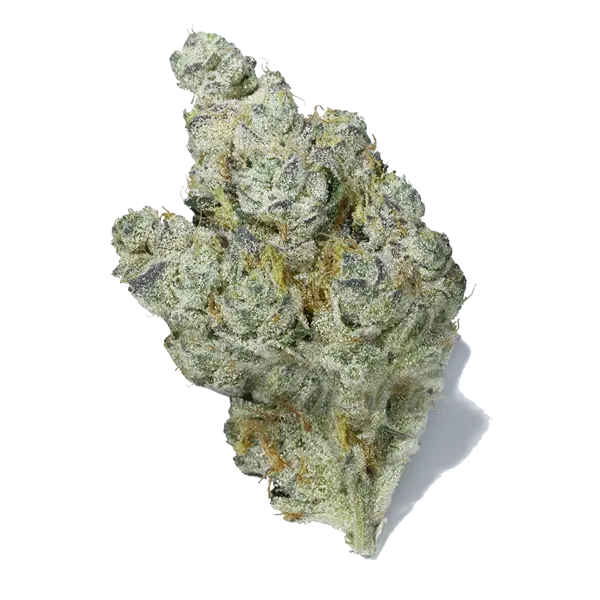
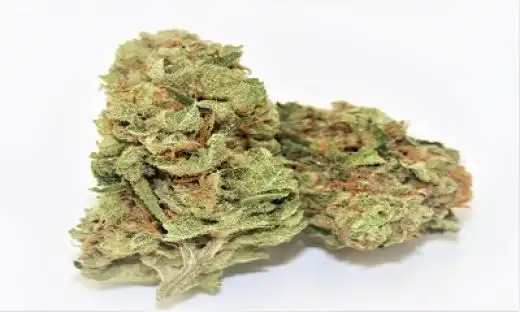

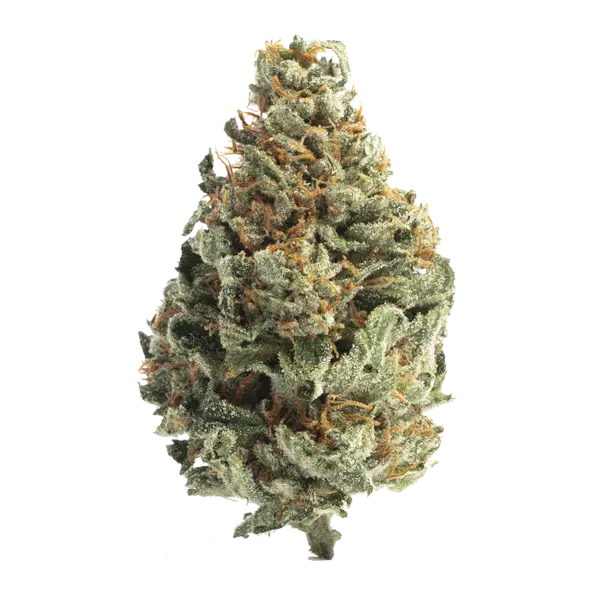
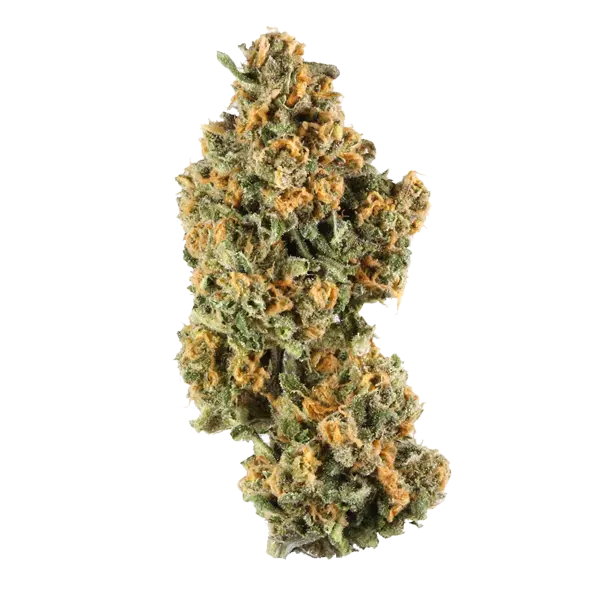
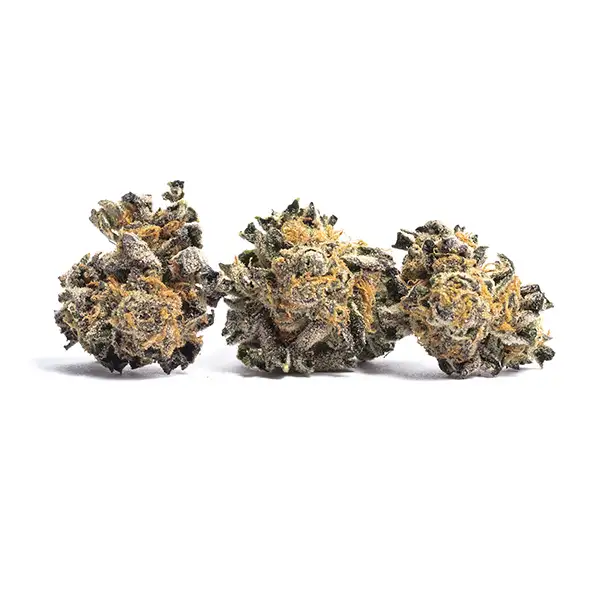
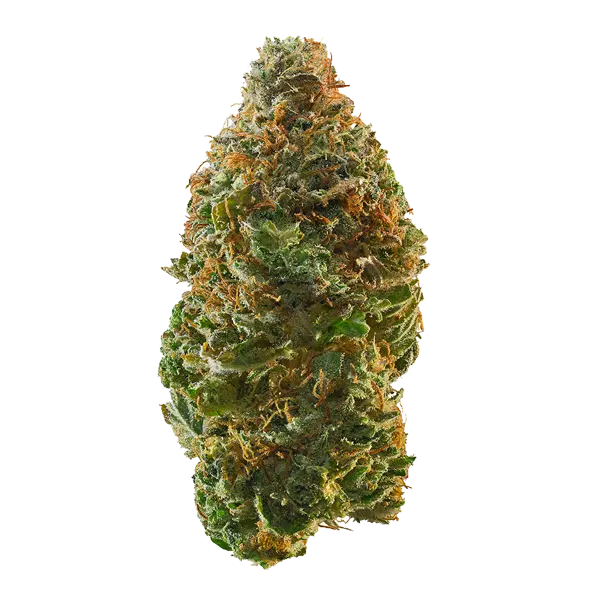
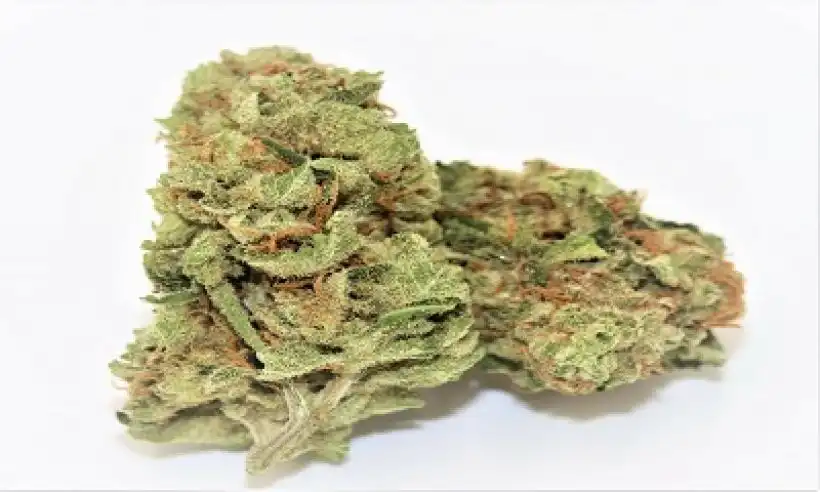
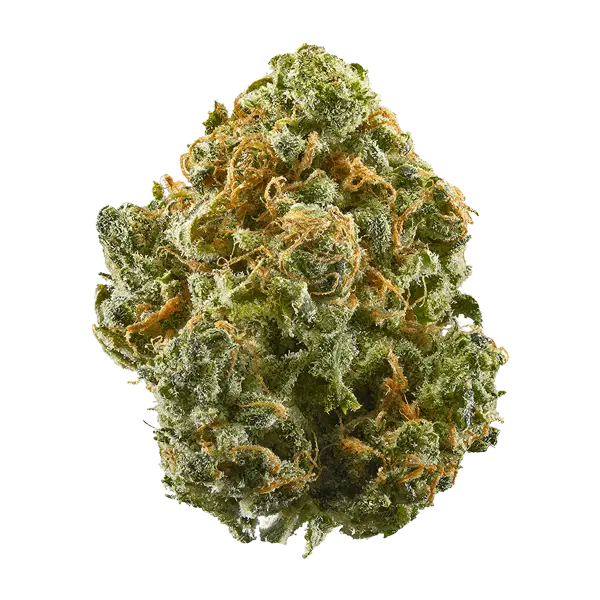
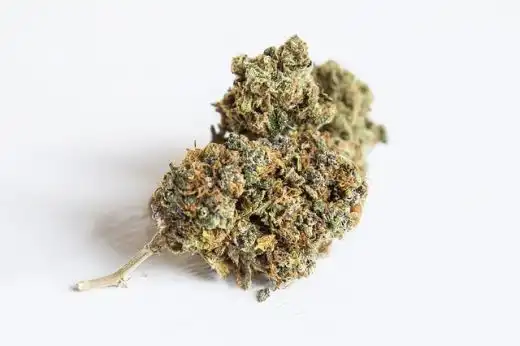
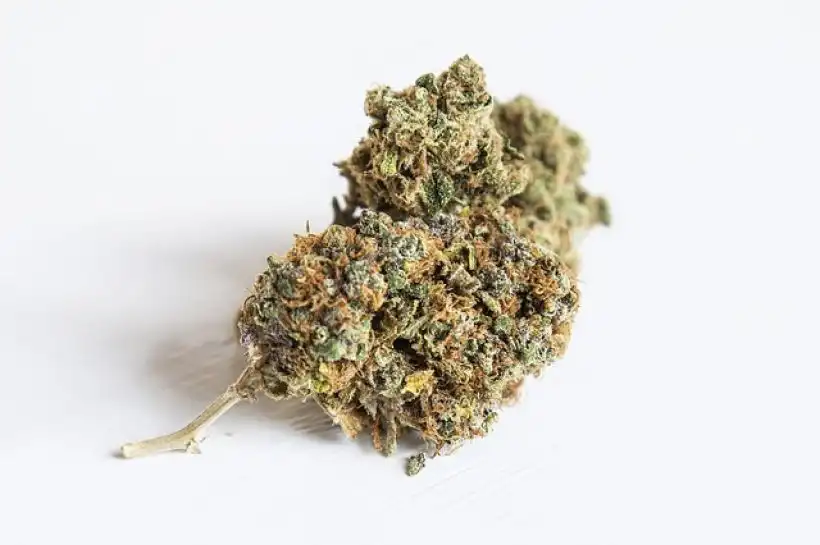
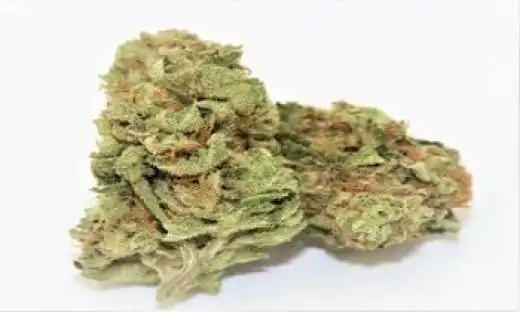
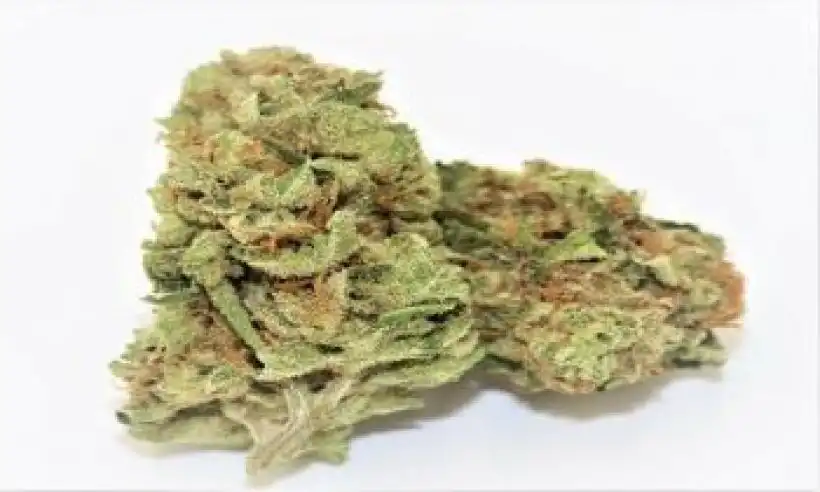
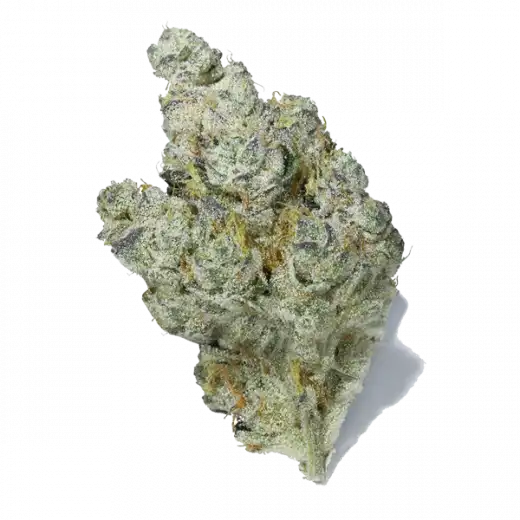
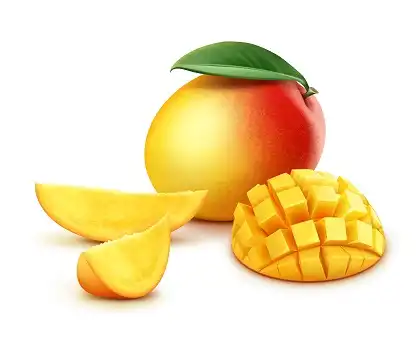
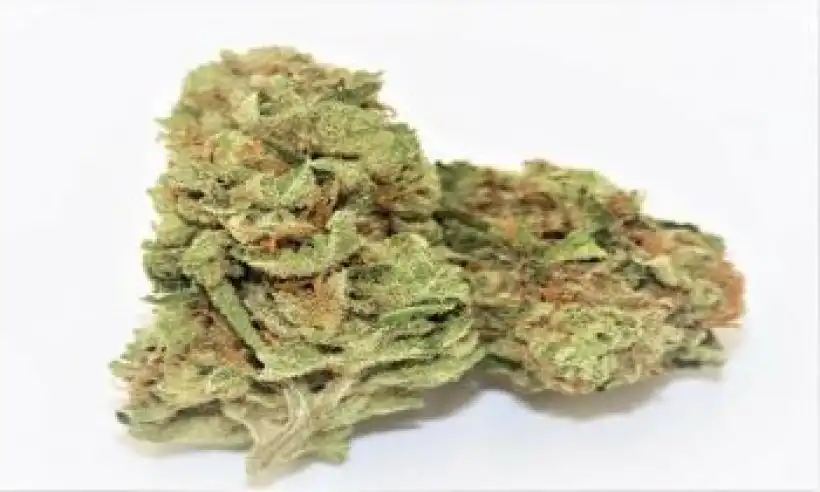
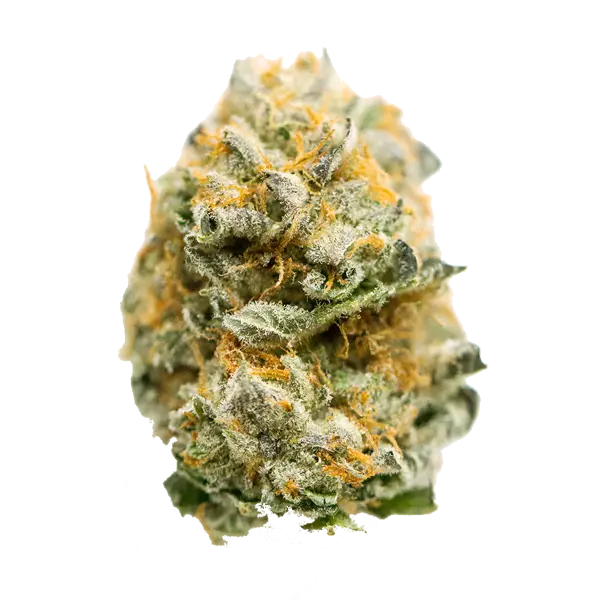
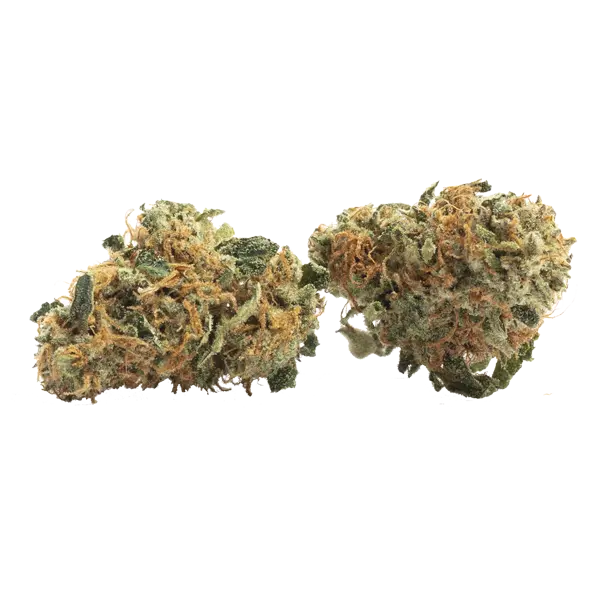
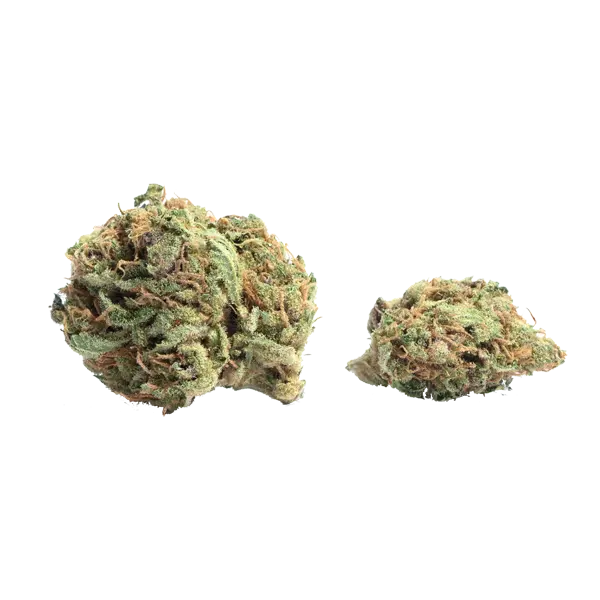
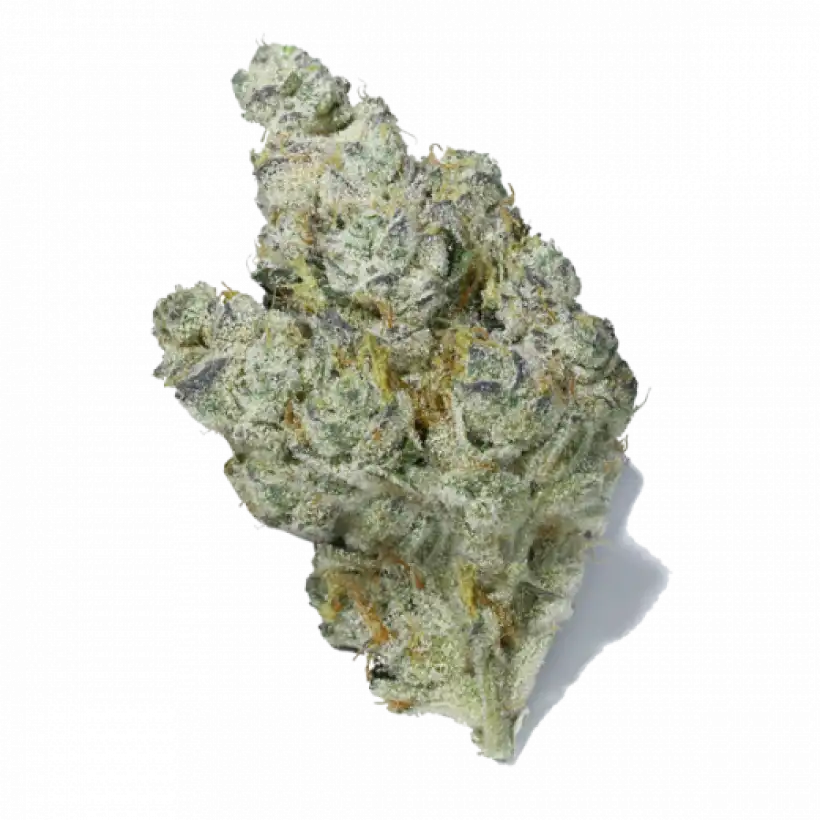
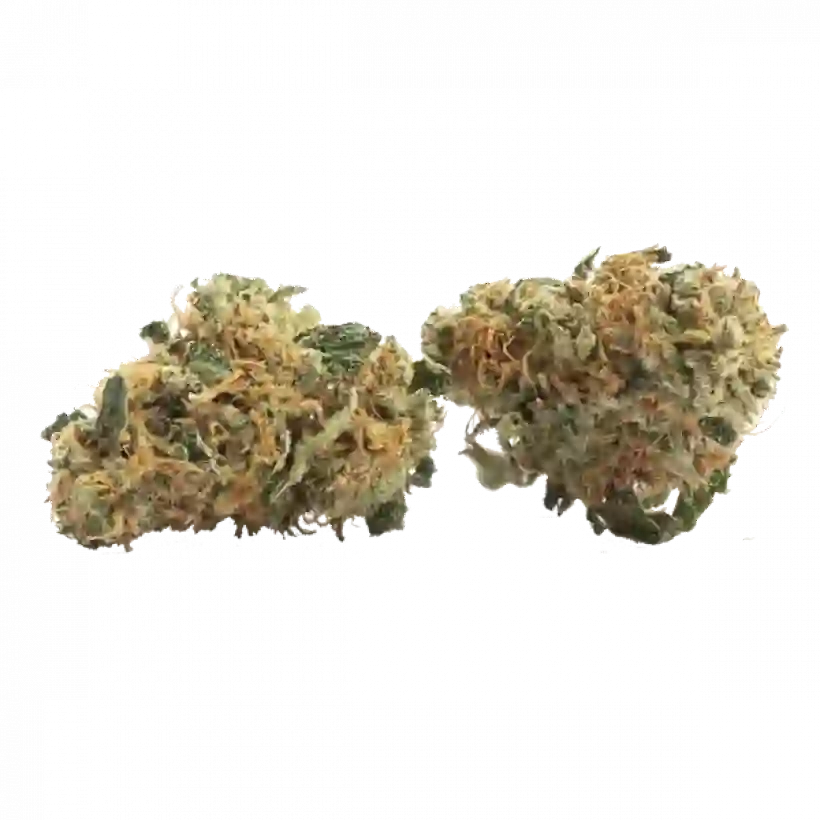
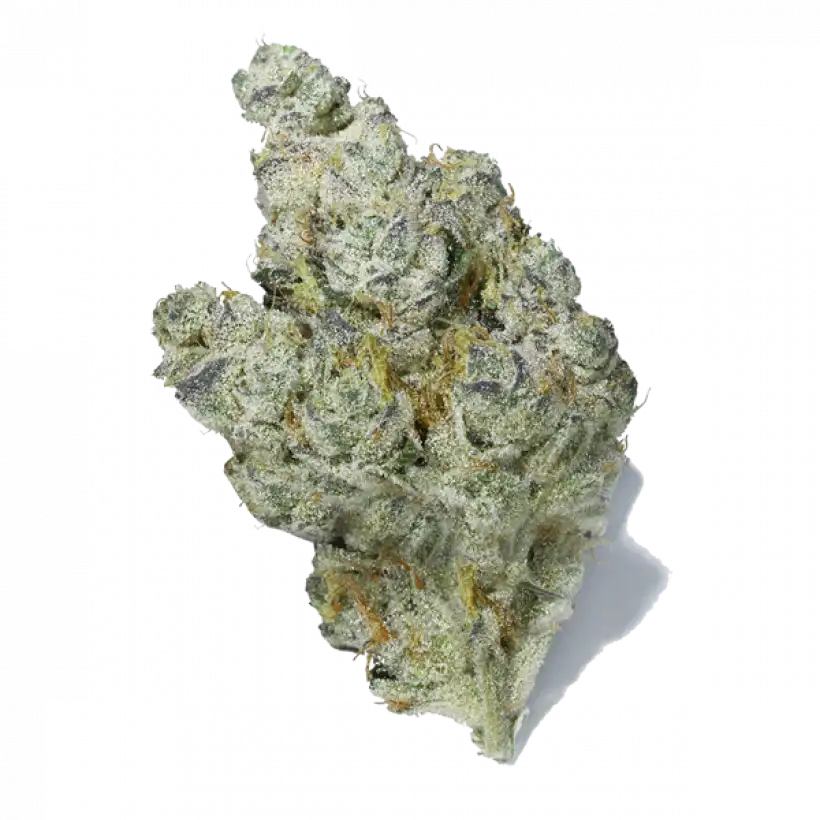
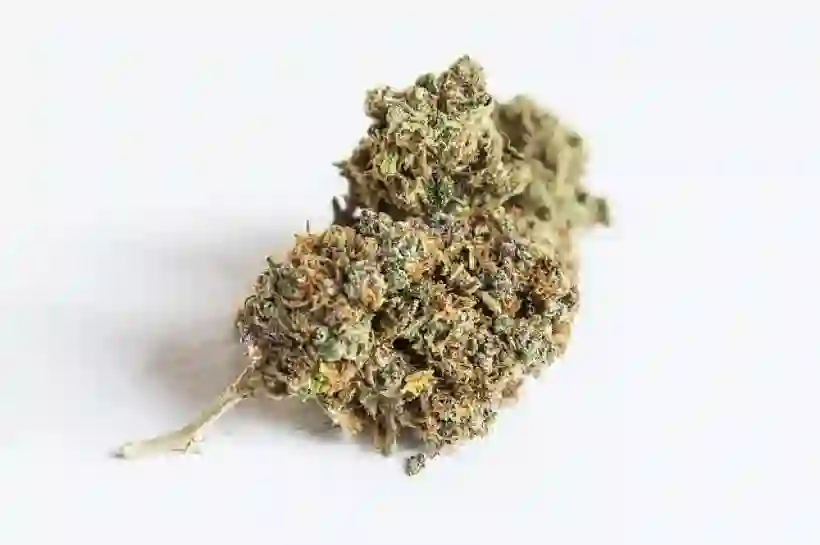
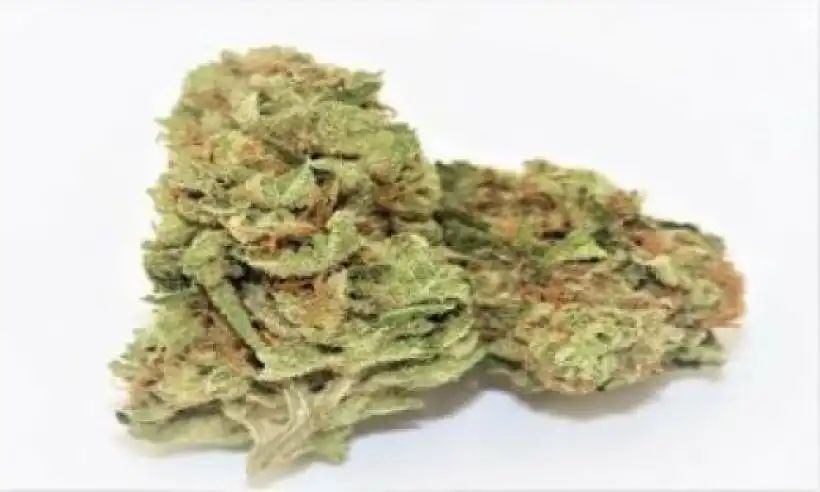
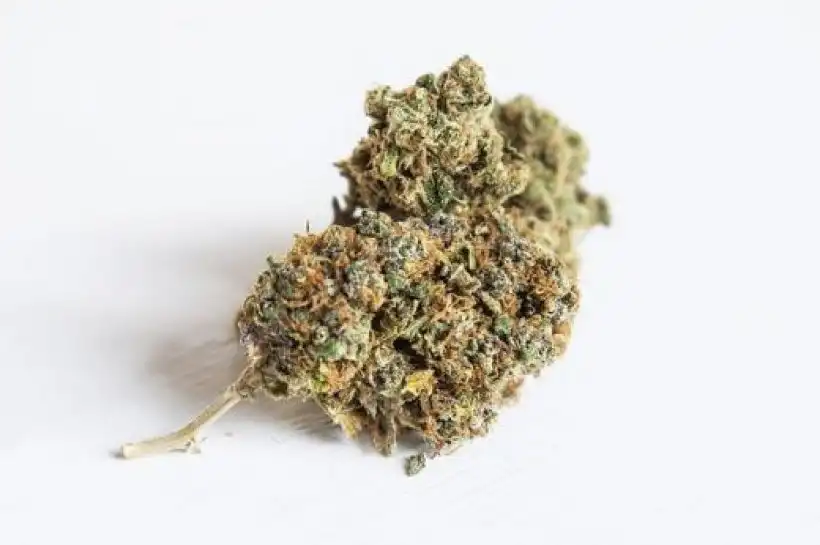

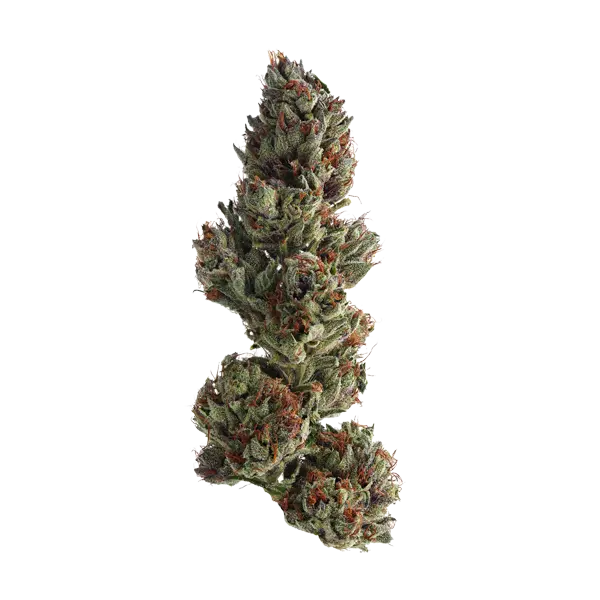
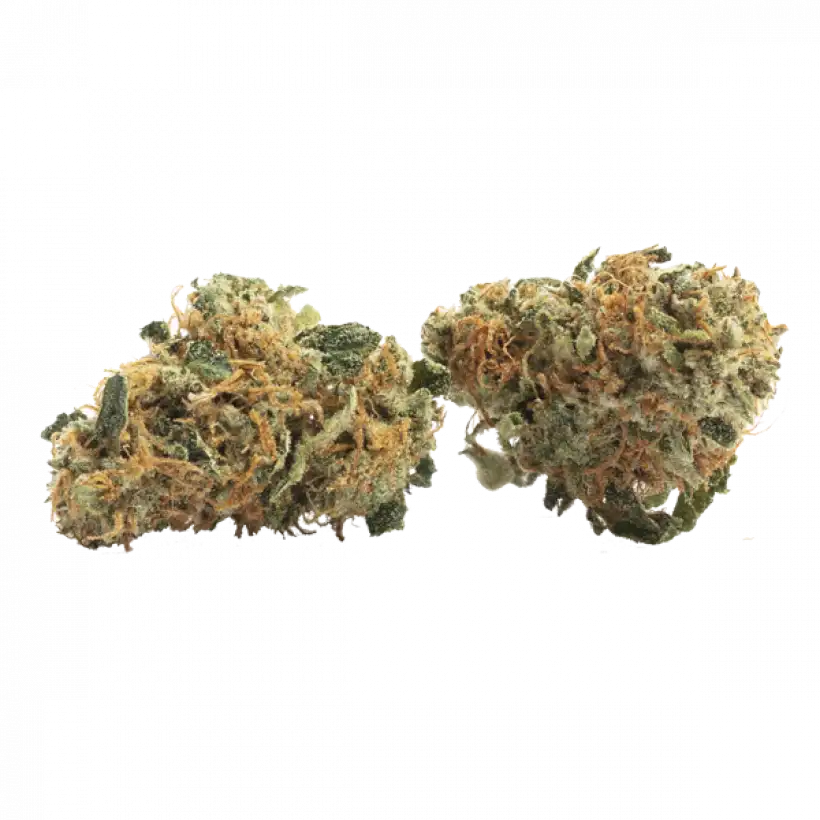
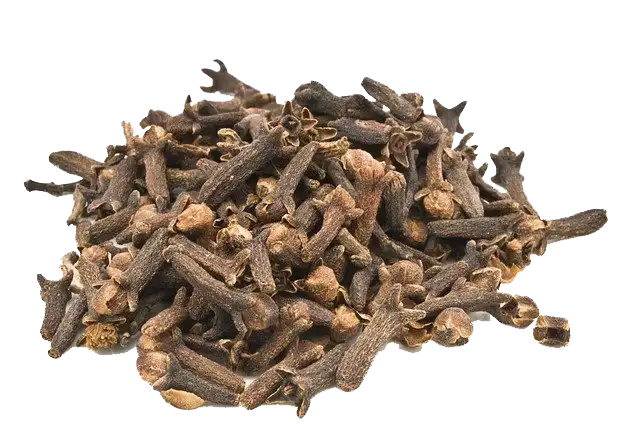
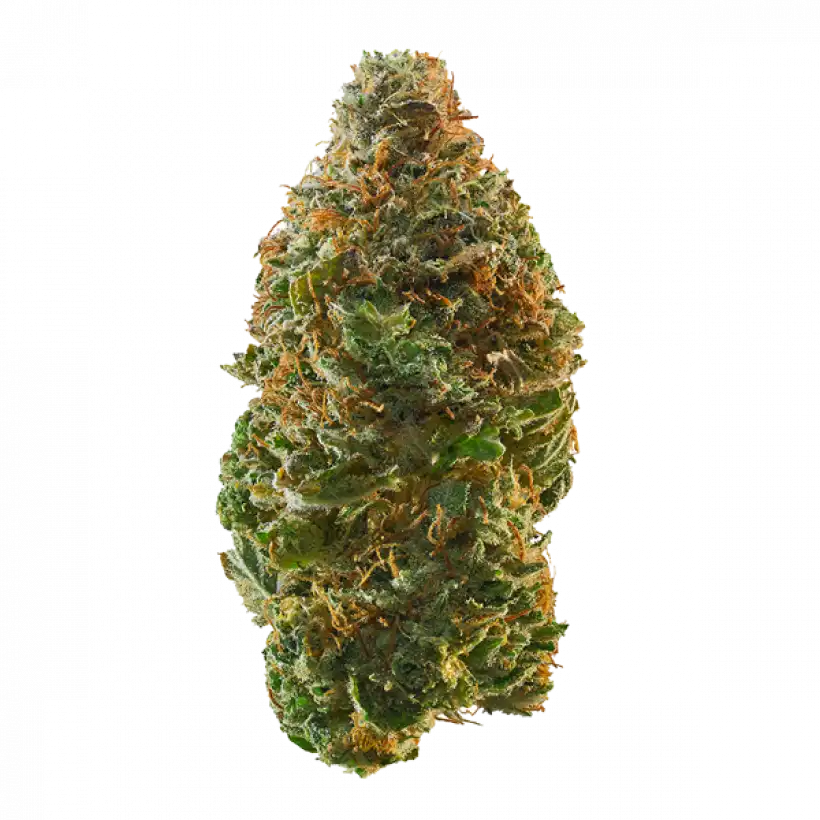

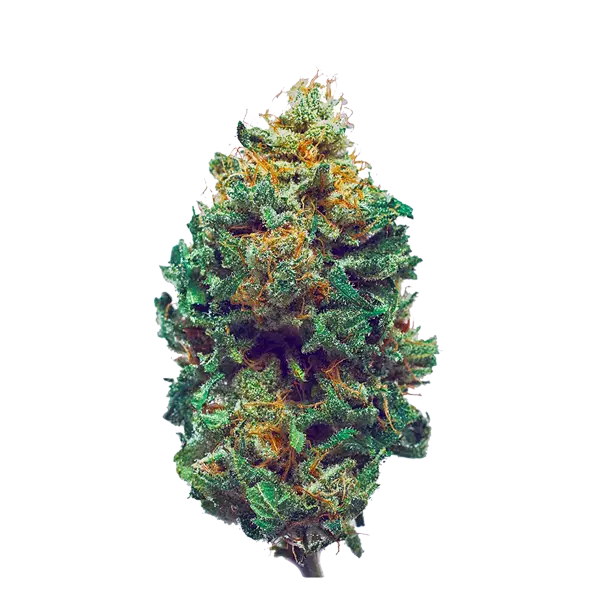

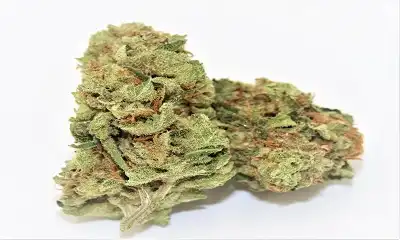
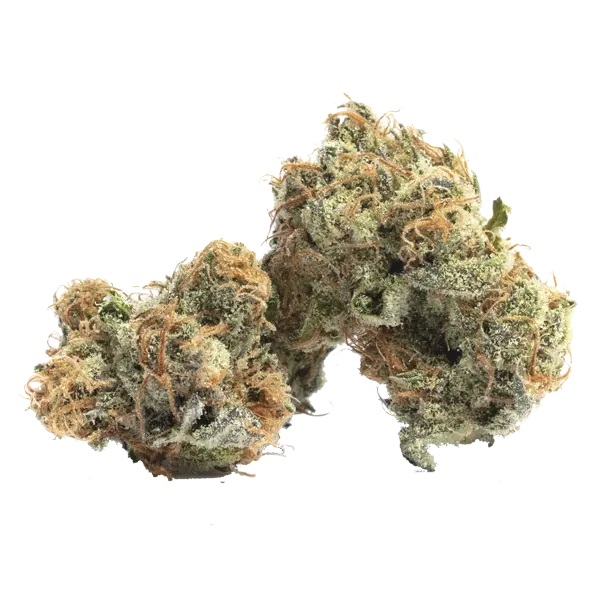
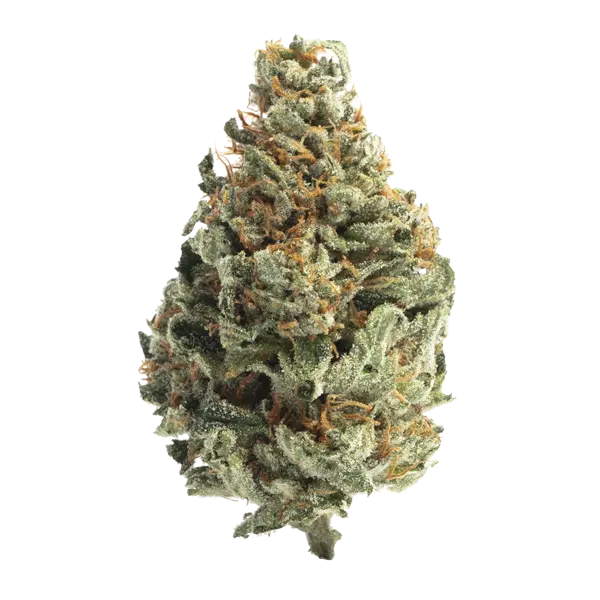
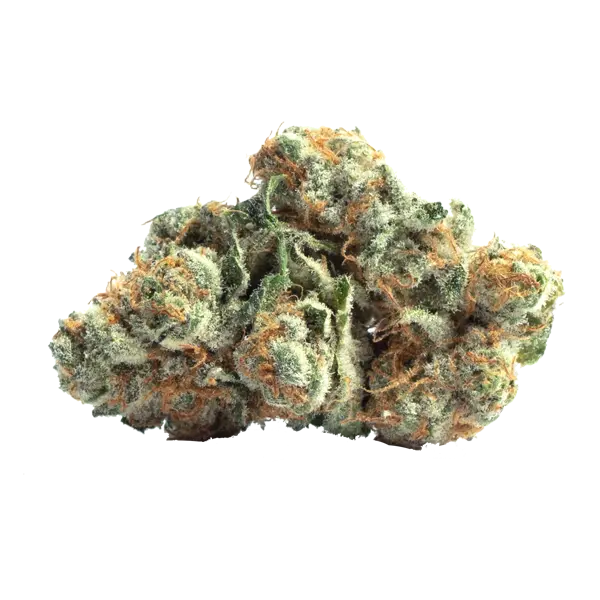
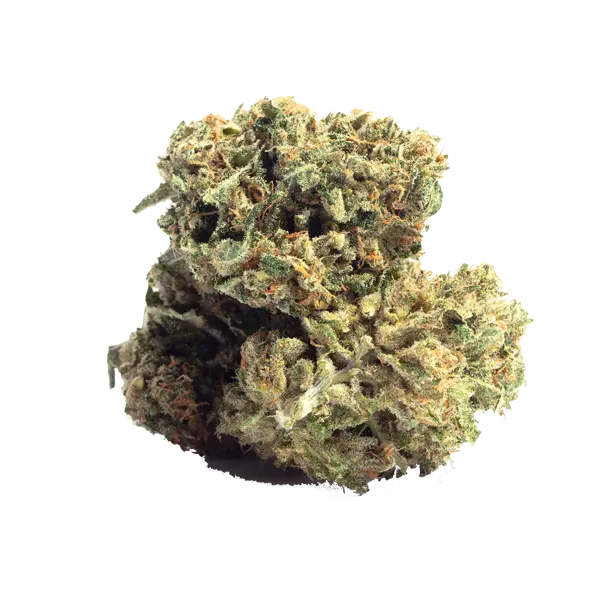

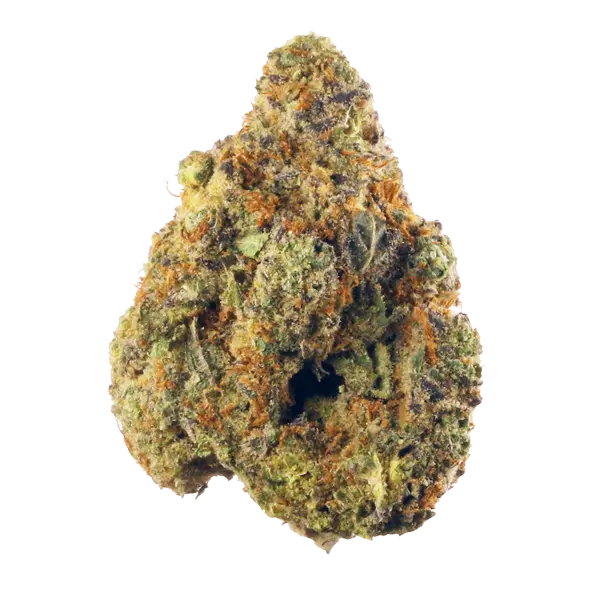
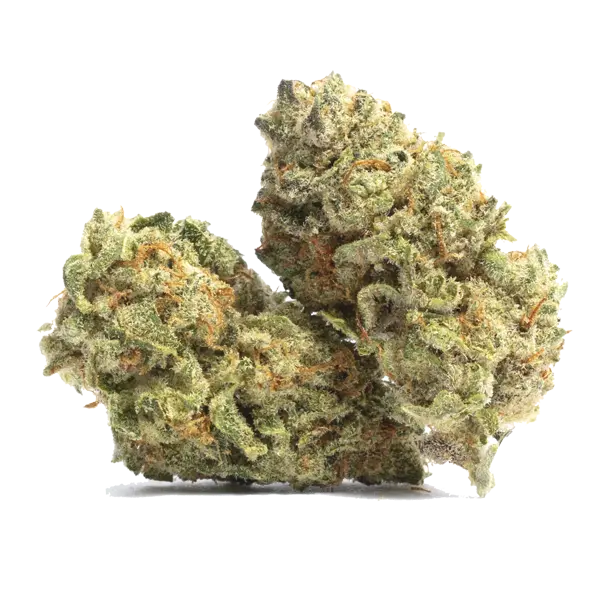
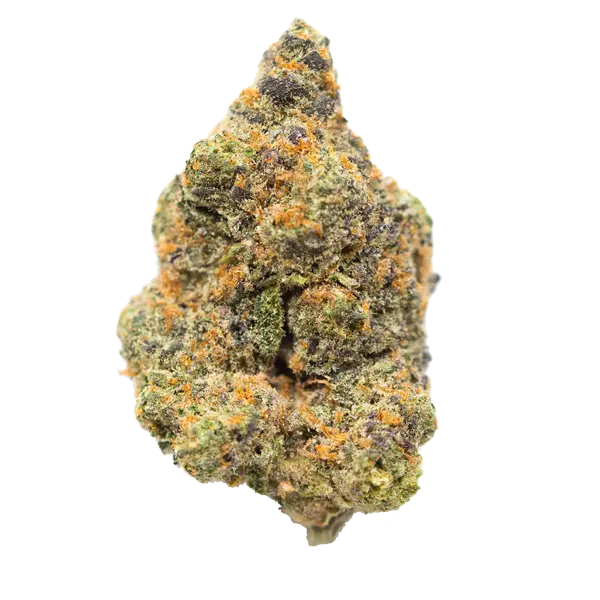
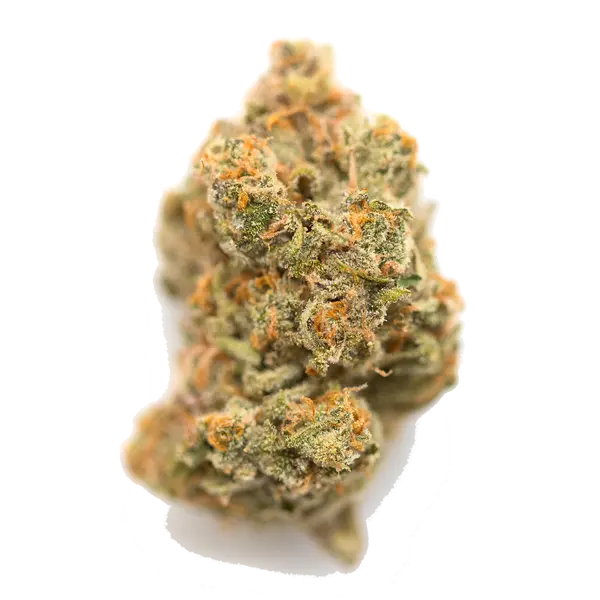
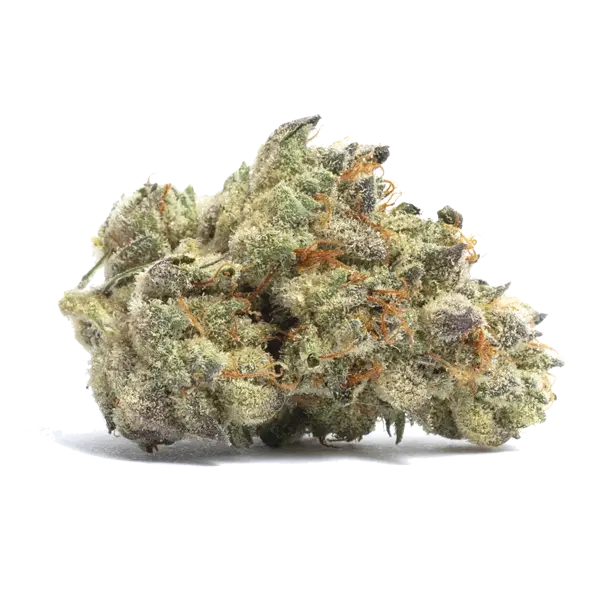
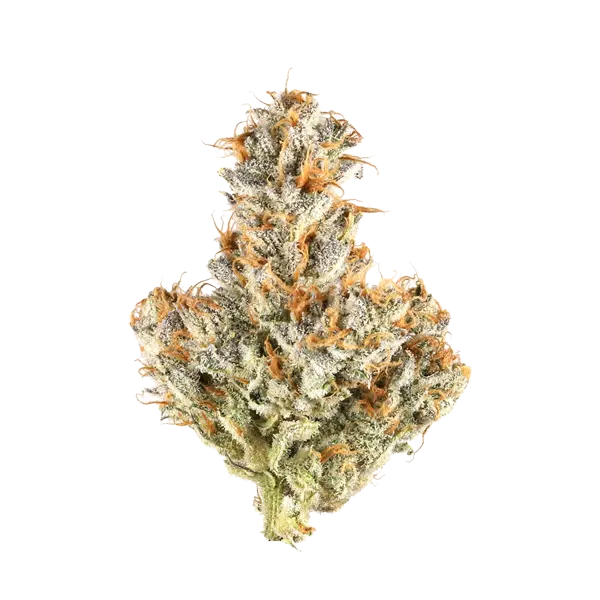




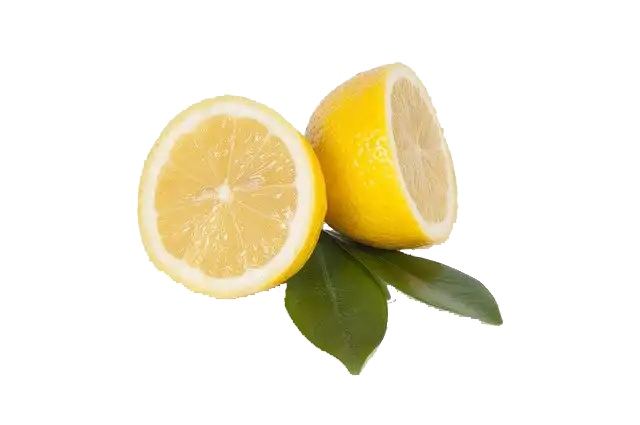













 Types of Cannabis That Increase Creativity
Types of Cannabis That Increase Creativity How Does Cannabis Smell?
How Does Cannabis Smell?








